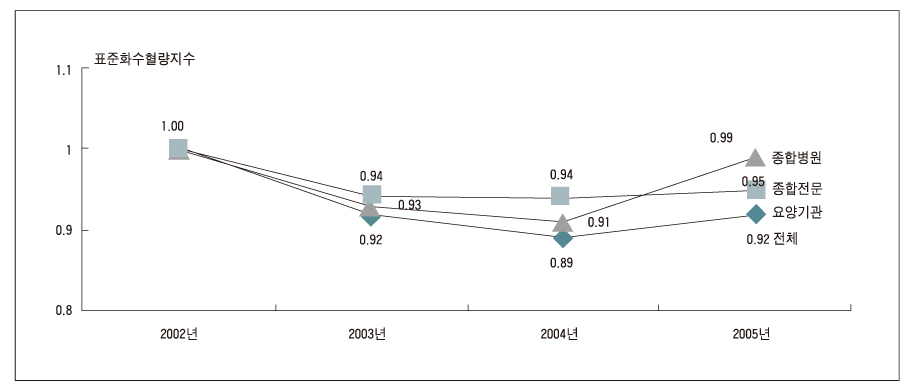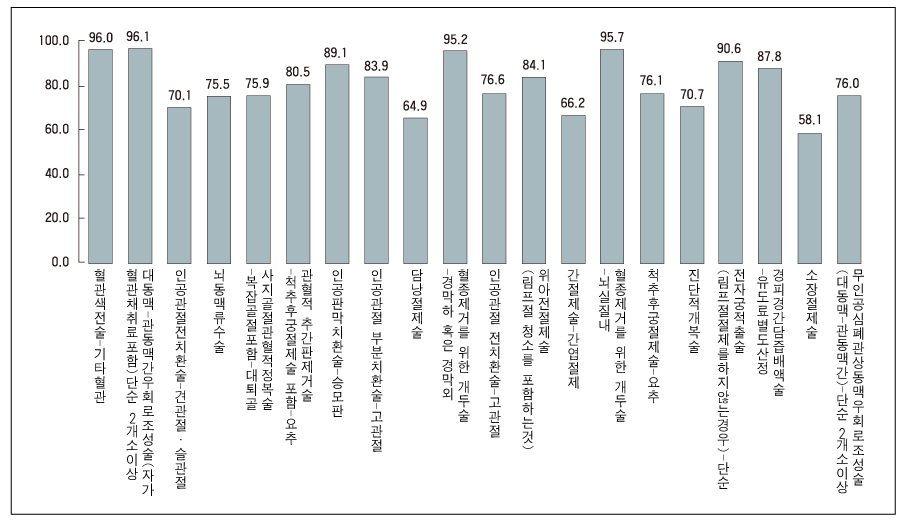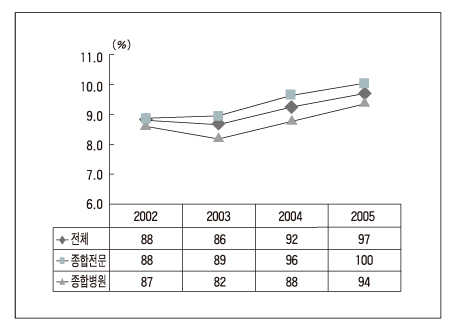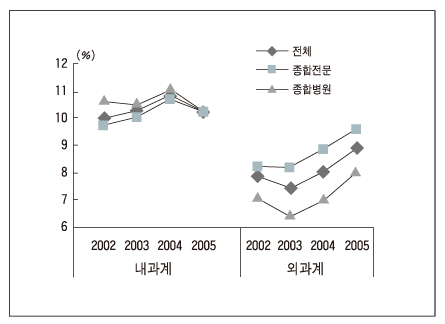J Korean Med Assoc.
2006 May;49(5):402-409. 10.5124/jkma.2006.49.5.402.
HIRA Quality Assessment for Institution based Blood Transfusion
- KMID: 2064947
- DOI: http://doi.org/10.5124/jkma.2006.49.5.402
Abstract
- The Health Insurance Review Agency (HIRA) has an institution-based quality assessment program for blood transfusion. In 2003, 268 hospitals were evaluated through administrative data and medical records. Continuous monitoring of transfusion in hospitals has been performed by using two indicators, the transfusion volume index (TI) and the proportion of single-unit blood transfusion. These indicators are easily calculated from routine administrative data. TI is a valid indicator, reflecting the hospital-level appropriateness of blood transfusion. There was a great variation in TI among hospitals, and the HIRA program gave an opportunity to improve blood transfusion. The proportion of single unit transfusion is a percentage of the cases of single-unit transfusion among the cases of whole blood and RBC transfusions. This indicator has been considered one of the good indicators because singleunit transfusion is known to be ineffective. HIRA will continue to provide hospitals with comparative data using these two indicators at regular intervals to support the efforts to improve the transfusion practices of hospitals in Korea.
Figure
- Full Text Links
- Actions
-
Cited
- CITED
-
- Close
- Share
- Similar articles
-
- Experience in Establishing Department of Transfusion Management
- Problems and future directions for quality evaluation of the Health Insurance Review and Assessment Service
- Quality Assurance of Diagnostic Immunologic Tests for Screening of Transfusion-Transmissible Infections at Korean Blood Centers
- Quality Management of Clinical Chemistry Tests in Blood Center
- Quality Management of Hematology Tests in Blood Center







